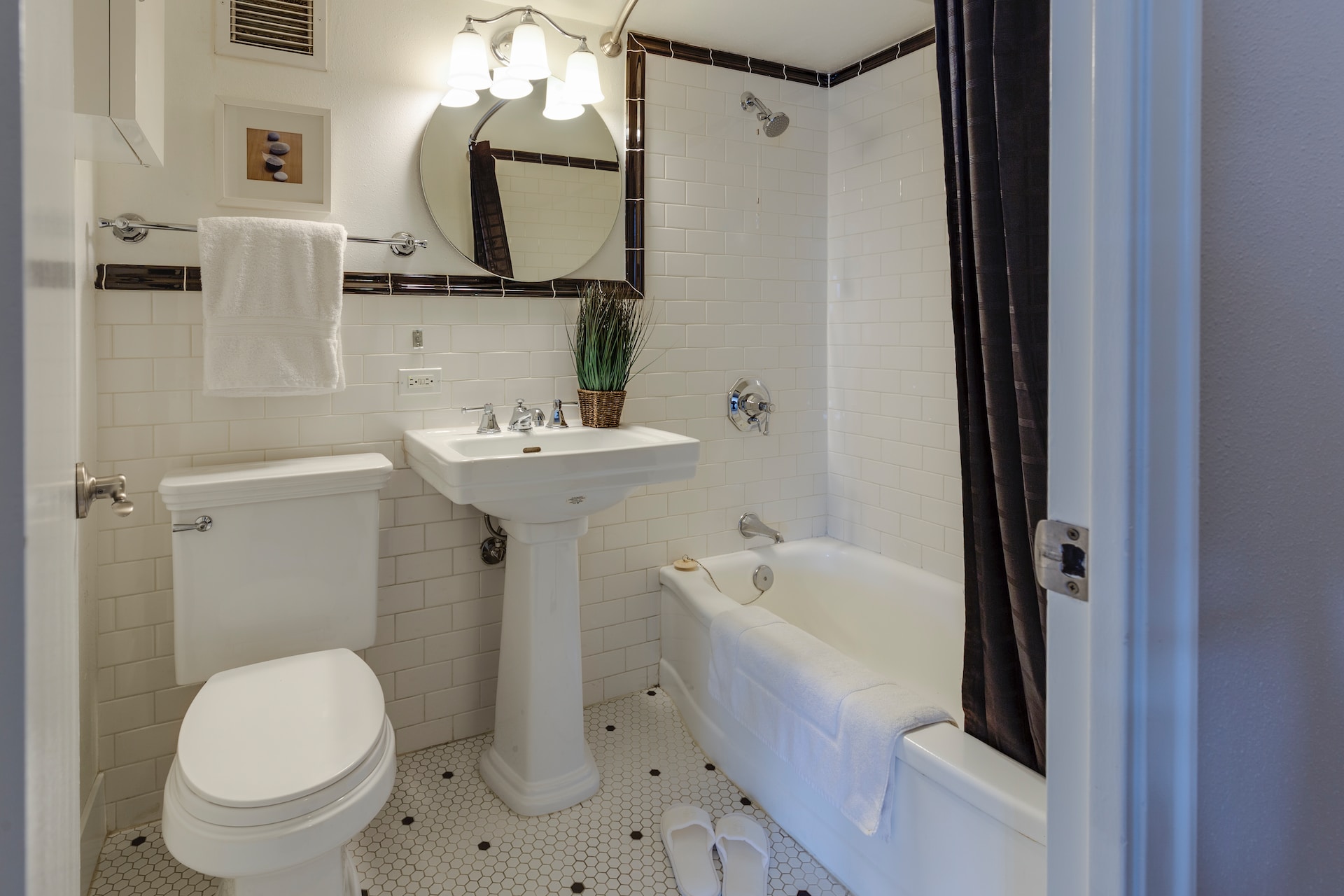

Articles
How To Use A Toilet
Modified: March 2, 2024
Learn the proper way to use a toilet with these informative articles. Gain helpful tips and tricks for a hygienic and efficient bathroom experience.
(Many of the links in this article redirect to a specific reviewed product. Your purchase of these products through affiliate links helps to generate commission for Storables.com, at no extra cost. Learn more)
Introduction
Using a toilet is a basic necessity of life, yet many people don’t realize that there is actually a proper way to do so. While it may seem like a simple task, using a toilet correctly is important for hygiene and sanitation. In this article, we will provide a step-by-step guide on how to use a toilet effectively and responsibly.
Whether you are at home, at work, or in a public restroom, following proper toilet etiquette is not only important for your own hygiene but also for the well-being of others. From understanding the toilet anatomy to practicing good hand hygiene, each step plays a crucial role in maintaining a clean and healthy environment.
So, let’s dive in and explore the key steps to using a toilet properly.
Key Takeaways:
- Master the art of using a toilet by understanding its anatomy, sitting properly, using toilet paper correctly, flushing, washing hands, and practicing proper etiquette for a clean and hygienic restroom experience.
- Embrace proper toilet usage as a collective effort to promote well-being and cleanliness. By following the steps outlined, you contribute to a healthy environment for yourself and others.
Read more: How To Use A Toilet Brush To Unclog A Toilet
Step 1: Understanding the Toilet Anatomy
Before using a toilet, it’s essential to have a basic understanding of its anatomy. Knowing the different parts will help you better navigate the process and avoid any mishaps. Let’s take a closer look at the main components of a typical toilet:
- Toilet Bowl: This is the main part of the toilet where you sit or squat. It is connected to the plumbing system and has an opening called the trapway, which leads to the sewer.
- Toilet Seat: Located on top of the toilet bowl, the toilet seat provides a comfortable place to sit. It is usually made of plastic or wood and can be lifted for cleaning purposes.
- Flush Handle or Button: The flush handle or button is used to initiate the flushing mechanism. In traditional toilets, a handle is present, while in modern toilets, a button or sensor may be used.
- Tank or Cistern: The tank or cistern holds the water needed for flushing. When the toilet is flushed, water from the tank is released into the bowl to remove waste.
- Water Supply Valve: The water supply valve is responsible for controlling the flow of water into the tank. It is usually located on the wall behind or next to the toilet.
- Trapway: The trapway is a curved pipe at the base of the toilet bowl that connects to the sewage system. It allows waste and water to flow out of the toilet.
Now that you have a clear understanding of the basic anatomy of a toilet, you are ready to move on to the next step: sitting properly on the toilet seat.
Step 2: Sitting Properly on the Toilet Seat
Sitting properly on the toilet seat is important for both comfort and hygiene. Follow these steps to ensure that you are sitting in the correct position:
- Position Yourself: Approach the toilet and stand facing it. Ensure that your feet are planted firmly on the ground, shoulder-width apart.
- Lift the Toilet Seat: Before sitting down, lift the toilet seat if it is not already up. This will prevent any contact with unwanted germs or bacteria.
- Lower Yourself Slowly: Slowly lower yourself onto the toilet seat, keeping your back straight. Ensure that your weight is evenly distributed on both buttocks.
- Align Your Body: Once seated, adjust your posture so that your knees are at a 90-degree angle and your feet are flat on the floor. This position provides stability and comfort.
- Lean Slightly Forward: To promote proper bowel movement, lean slightly forward with your hands resting on your thighs or knees. This can help facilitate the flow of waste.
Remember, it is essential to maintain good posture and avoid slouching while seated. Sitting in the correct position not only ensures a comfortable experience but also aids in efficient waste elimination.
Now that you have mastered the art of sitting properly, let’s move on to the next step: proper use of toilet paper.
Step 3: Proper Use of Toilet Paper
Using toilet paper correctly is crucial for maintaining cleanliness and preventing the spread of germs. Here are some guidelines on the proper use of toilet paper:
- Choose the Right Amount: Pull an appropriate amount of toilet paper from the roll. Generally, a few squares are sufficient, but adjust according to your personal preference and needs.
- Clean from Front to Back: When wiping, always start from the front and move towards the back. This method prevents bacteria from the anal area from coming into contact with the urinary tract, reducing the risk of infection.
- Use a Gentle Wiping Motion: Be gentle when wiping to avoid any discomfort or irritation. Use soft, upward strokes, ensuring that you are thorough but not abrasive.
- Dispose of Used Toilet Paper: After wiping, dispose of the used toilet paper in the toilet bowl. Ensure that it is fully submerged in water before flushing to prevent clogging.
- Consider Alternatives: If available, consider using biodegradable wet wipes or bidets for a more thorough and environmentally-friendly cleaning experience.
Properly using toilet paper not only promotes personal hygiene but also helps maintain the cleanliness of the toilet itself. By following these guidelines, you can ensure a more sanitary experience for yourself and others who may use the toilet afterwards.
Now that you have mastered the art of using toilet paper, let’s move on to the next step: flushing the toilet.
Remember to always flush the toilet after use to maintain cleanliness and hygiene. Make sure to wash your hands thoroughly with soap and water after using the toilet to prevent the spread of germs.
Step 4: Flushing the Toilet
Properly flushing the toilet is essential for maintaining cleanliness and preventing unpleasant odors. Here are the steps to follow:
- Locate the Flush Handle or Button: Find the flush handle or button, which is usually located near the top of the tank or on the wall behind or beside the toilet.
- Press or Pull: Depending on the type of toilet you are using, either press the flush button or pull the flush handle downwards. This action will initiate the flushing mechanism.
- Hold for a Few Seconds: After flushing, hold down the flush button or handle for a few seconds to ensure that all waste is fully cleared from the bowl and the water flows freely.
- Observe the Water: Watch as the water from the tank empties into the bowl and the remaining waste is flushed away. If necessary, repeat the flush process to ensure complete cleanliness.
- Check for Proper Refilling: Once the flushing is complete, listen for the sound of the tank refilling with water. This indicates that the toilet is ready for the next use.
Remember, it’s important to flush the toilet after each use to maintain a clean and odor-free environment. Proper flushing ensures that waste is properly disposed of and prevents any residual bacteria or germs from lingering in the bowl.
Now that you know how to flush the toilet, let’s move on to the next step: washing your hands after using the toilet.
Read more: How To Use A Composting Toilet
Step 5: Washing Hands After Using the Toilet
Washing your hands after using the toilet is crucial for maintaining hygiene and preventing the spread of germs. Follow these steps to ensure proper handwashing:
- Turn on the Water: Turn on the faucet and adjust the temperature to a comfortable level.
- Wet Your Hands: Place your hands under the running water and wet them thoroughly.
- Apply Soap: Dispense an adequate amount of soap onto your hands. Make sure to cover all surfaces, including the palms, backs of the hands, between your fingers, and under your nails.
- Scrub Your Hands: Rub your hands together vigorously for at least 20 seconds. Pay attention to all areas, including your fingertips, thumbs, and wrists. Use a circular motion to ensure thorough cleaning.
- Rinse Your Hands: Place your hands under the running water and rinse off all the soap. Ensure that all the soap suds are washed away.
- Dry Your Hands: Dry your hands using a clean towel or an air dryer. Make sure your hands are completely dry before leaving the restroom.
- Turn off the Faucet: Use a paper towel or your elbow to turn off the faucet. This prevents recontamination from touching the handle with freshly cleaned hands.
Handwashing is a critical step in maintaining personal hygiene and preventing the transmission of germs to others. By following these steps, you contribute to a healthier environment for yourself and those around you.
Now that your hands are clean, let’s move on to the final step: practicing proper toilet etiquette.
Step 6: Proper Toilet Etiquette
Practicing proper toilet etiquette is essential for maintaining cleanliness, respecting others, and promoting a positive restroom experience for everyone. Here are some guidelines to follow:
- Flush after Use: Always remember to flush the toilet after use. This helps keep the toilet clean and ready for the next person.
- Keep the Toilet Area Clean: Take a moment to tidy up after using the toilet. Dispose of any trash properly and ensure that the toilet seat and surrounding area are clean and free from any spills or mess.
- Respect Privacy: When using a public restroom, respect the privacy of others. Avoid peeking under stall doors or engaging in unnecessary conversation with other occupants.
- Use deodorizers: If necessary, use air fresheners or deodorizers to help maintain a fresh and pleasant-smelling restroom environment.
- Report Maintenance Issues: If you notice any issues with the toilet, such as a leaking tank or a malfunctioning flush, report it to the appropriate authority so that it can be fixed promptly.
- Be Mindful of Water Usage: Conserve water by not letting the faucet run excessively while washing hands and ensuring that the toilet is not running unnecessarily.
- Be Considerate: Lastly, be considerate of others who may need to use the restroom. Avoid spending excessive time inside or engaging in activities that may disturb or inconvenience others.
Practicing good toilet etiquette contributes to a cleaner and more pleasant restroom environment for everyone. By following these guidelines, you demonstrate respect for others and help maintain the overall cleanliness and functionality of the toilet facilities.
Congratulations! You have now learned the steps to using a toilet effectively and responsibly. By understanding the toilet anatomy, sitting properly, using toilet paper, flushing correctly, washing your hands, and practicing proper etiquette, you play a vital role in maintaining a clean and hygienic restroom experience. Remember, these practices not only benefit you but also contribute to the well-being of others who use the facilities.
Now, go forth and confidently use any toilet with the knowledge and skills you have acquired!
Conclusion
Using a toilet may seem like a mundane task, but it is important to approach it with care and responsibility. By following the steps outlined in this guide, you can ensure proper hygiene, maintain cleanliness, and promote a healthy environment for yourself and others.
Understanding the anatomy of a toilet allows you to navigate the process with ease. Sitting properly on the toilet seat ensures comfort and proper waste elimination. Using toilet paper correctly helps maintain cleanliness and prevent the spread of germs. Flushing the toilet promptly and thoroughly removes waste and prevents unpleasant odors.
Washing your hands after using the toilet is an essential step in preventing the transmission of bacteria and maintaining personal hygiene. Practicing proper toilet etiquette, such as flushing after use, keeping the area clean, and respecting others’ privacy, contributes to a positive restroom experience for everyone.
By incorporating these practices into your routine, you not only promote your own well-being but also contribute to the overall cleanliness and functionality of the toilet facilities. Remember, proper toilet usage is a collective effort that benefits the entire community.
So the next time you find yourself in front of a toilet, remember the steps: understand the anatomy, sit properly, use toilet paper correctly, flush, wash your hands, and practice proper etiquette. By doing so, you demonstrate respect, responsibility, and good hygiene practices.
Now, go forth and confidently use any toilet knowing that you are equipped with the knowledge to do so effectively and responsibly. Together, let’s create a world where proper toilet usage is the norm and cleanliness prevails!
Frequently Asked Questions about How To Use A Toilet
Was this page helpful?
At Storables.com, we guarantee accurate and reliable information. Our content, validated by Expert Board Contributors, is crafted following stringent Editorial Policies. We're committed to providing you with well-researched, expert-backed insights for all your informational needs.
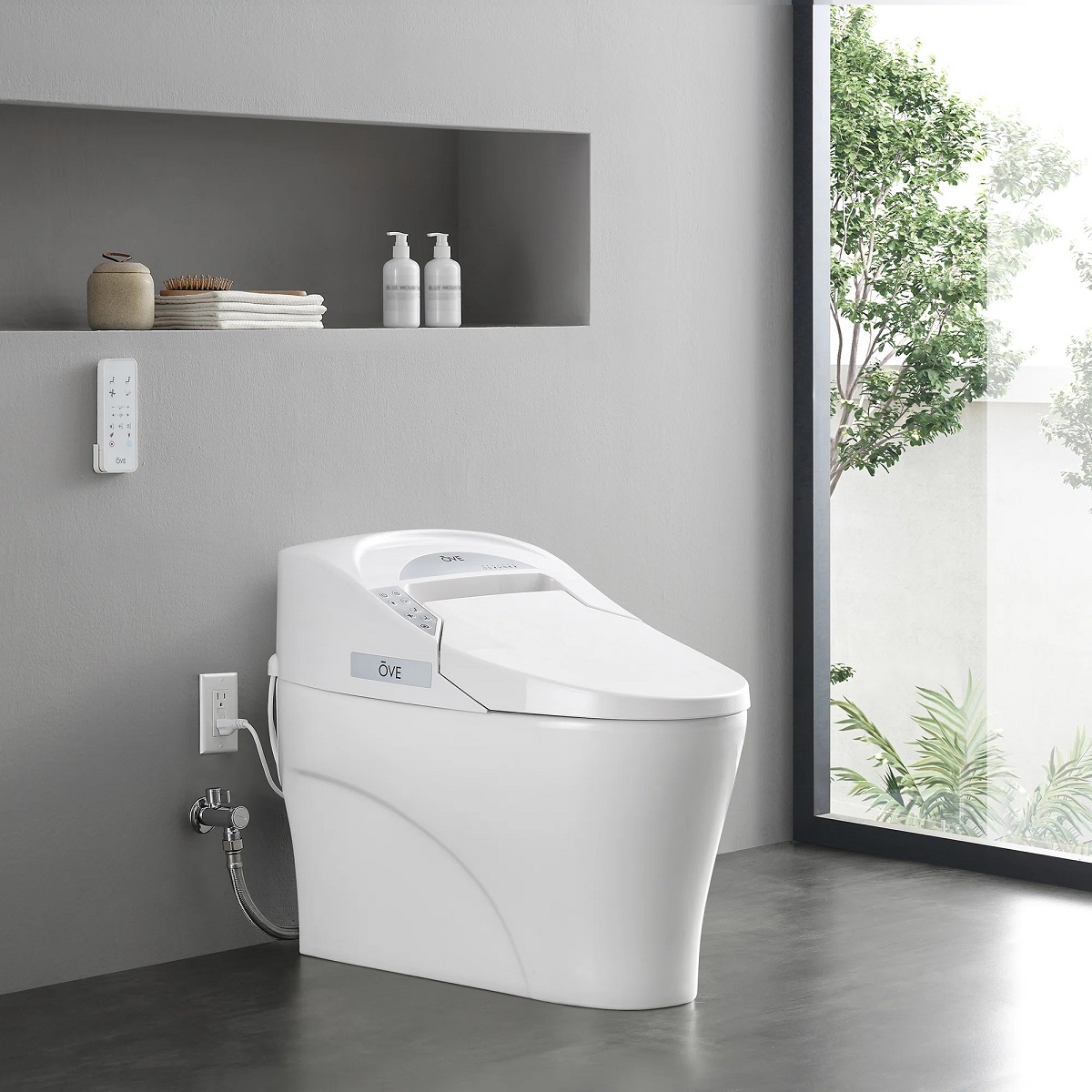
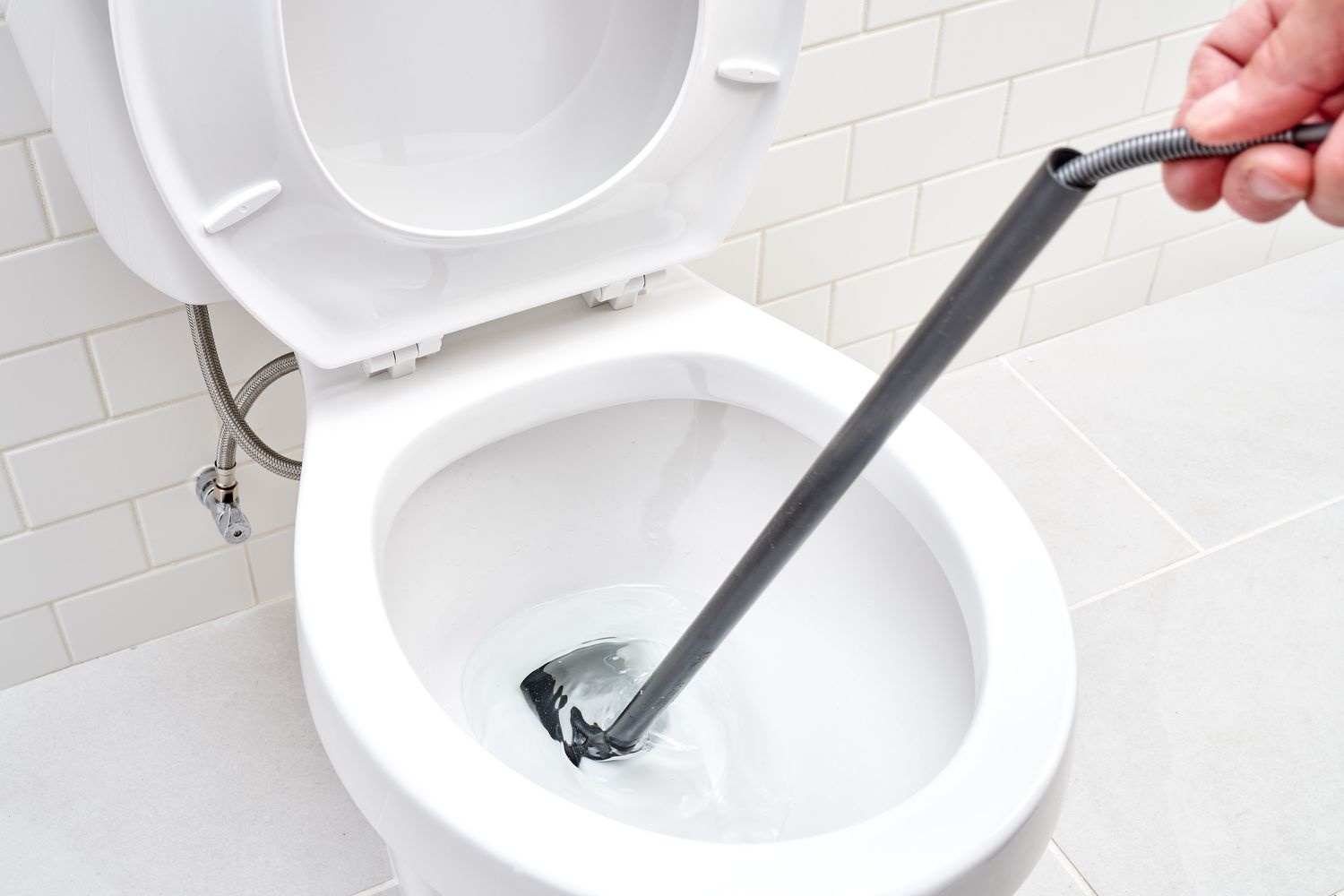
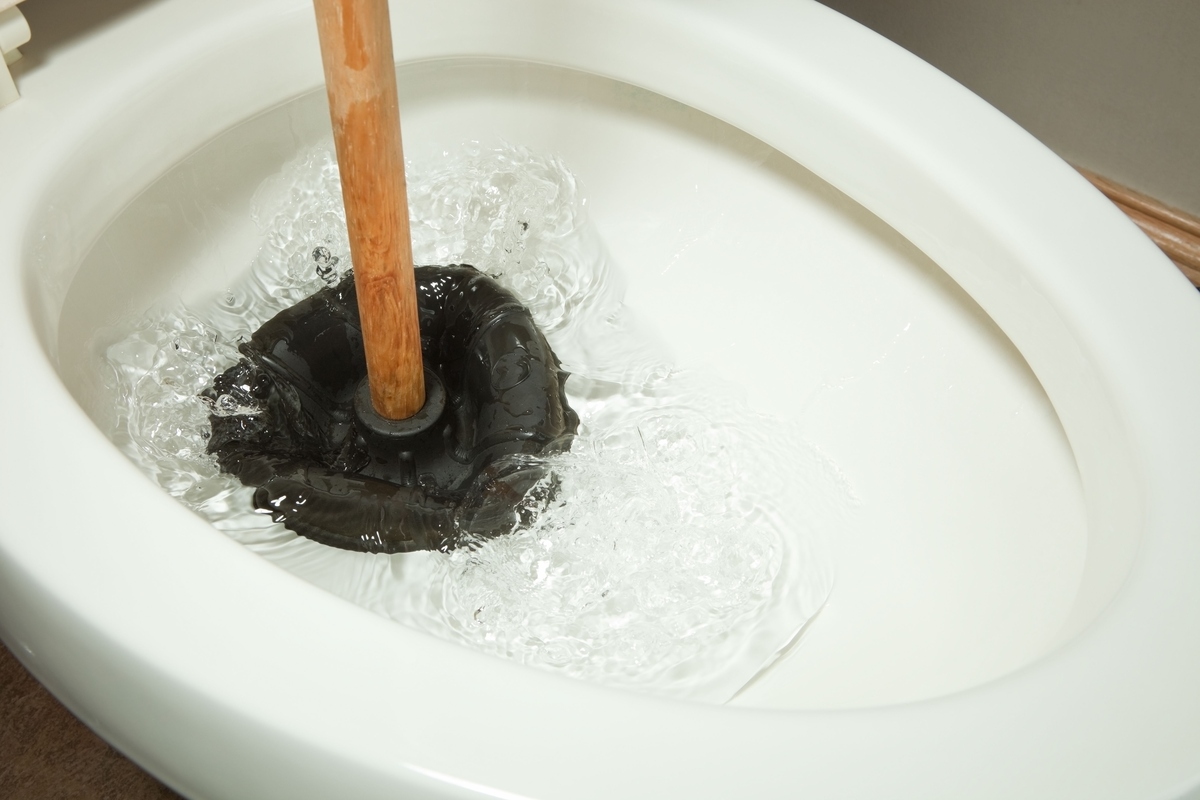
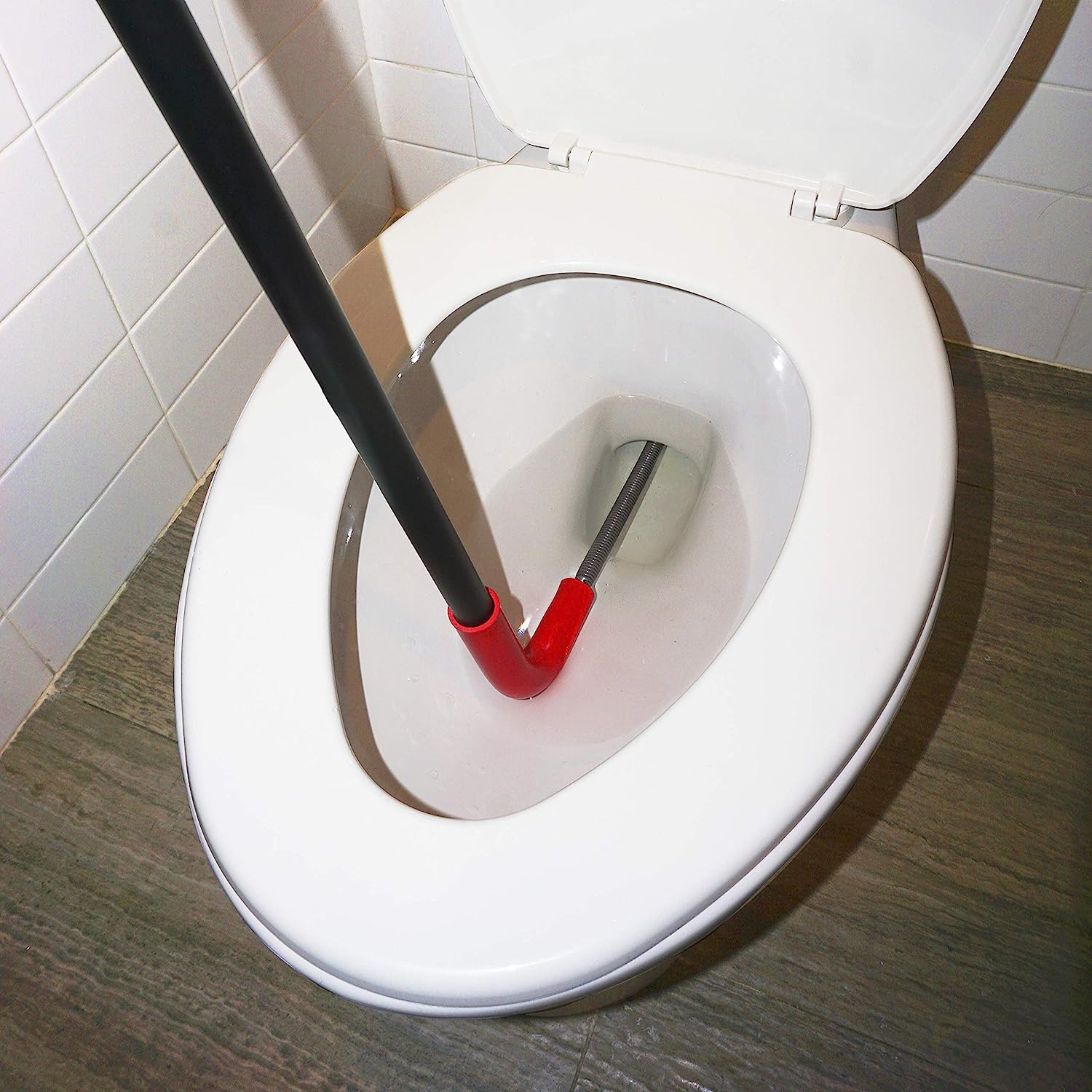
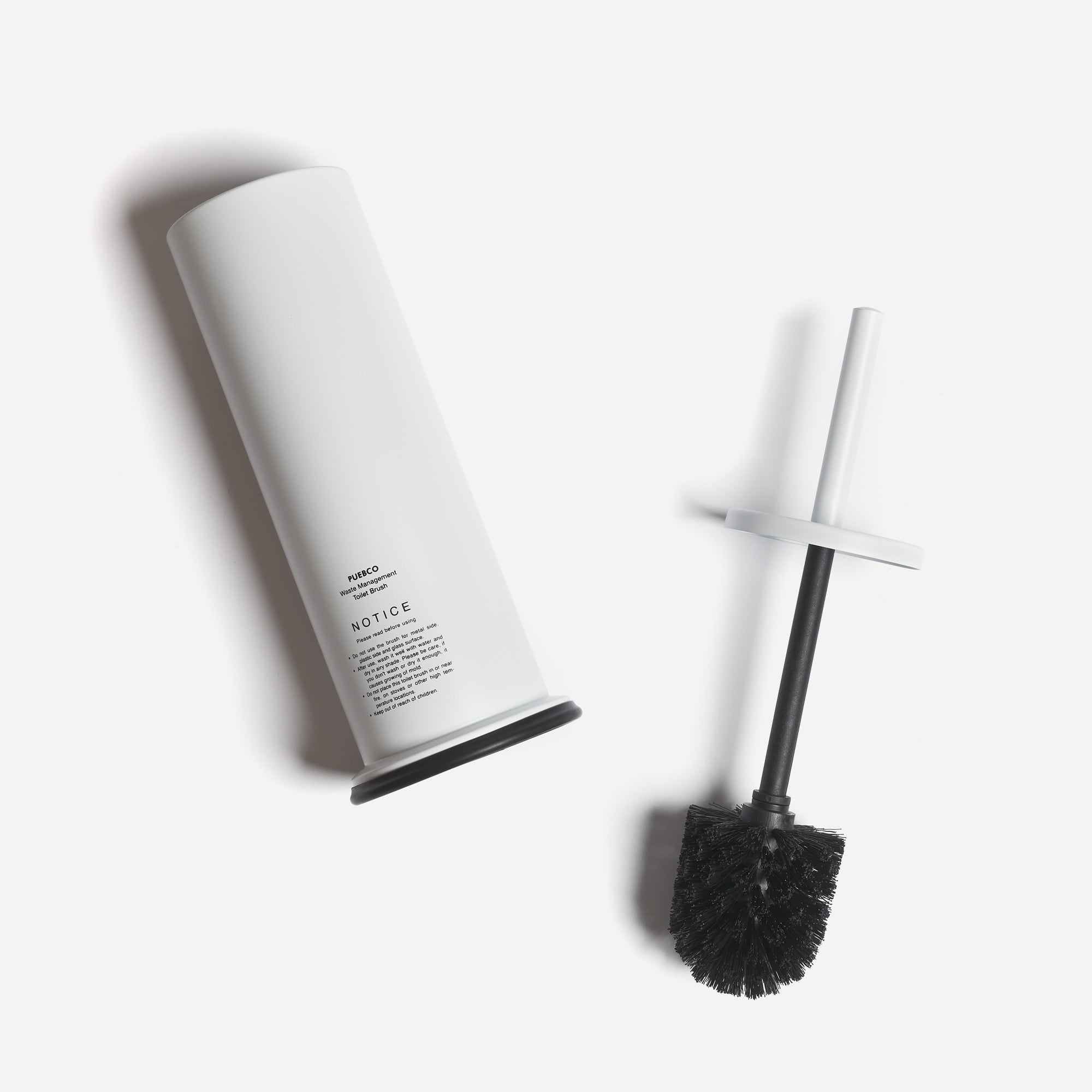
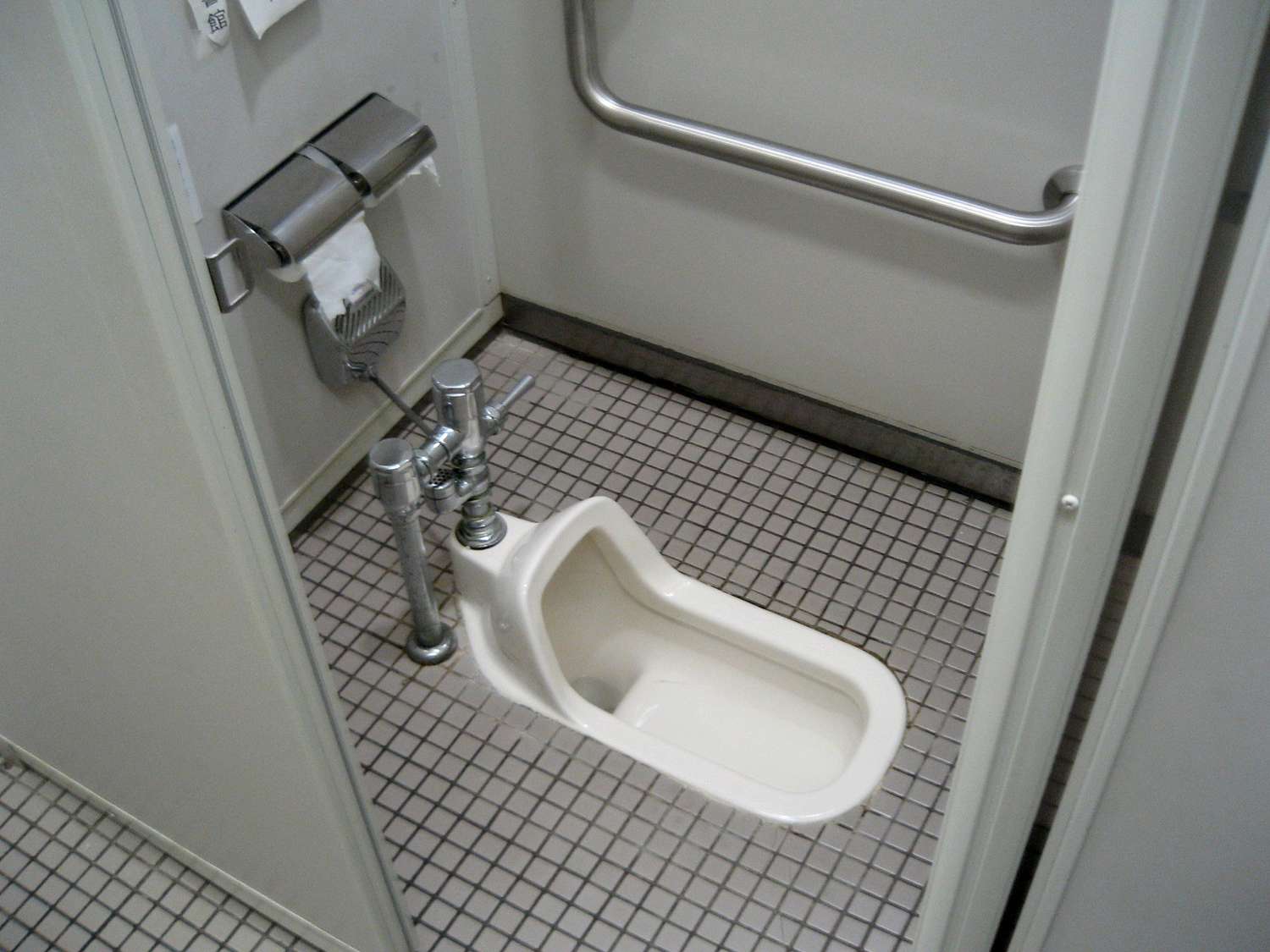
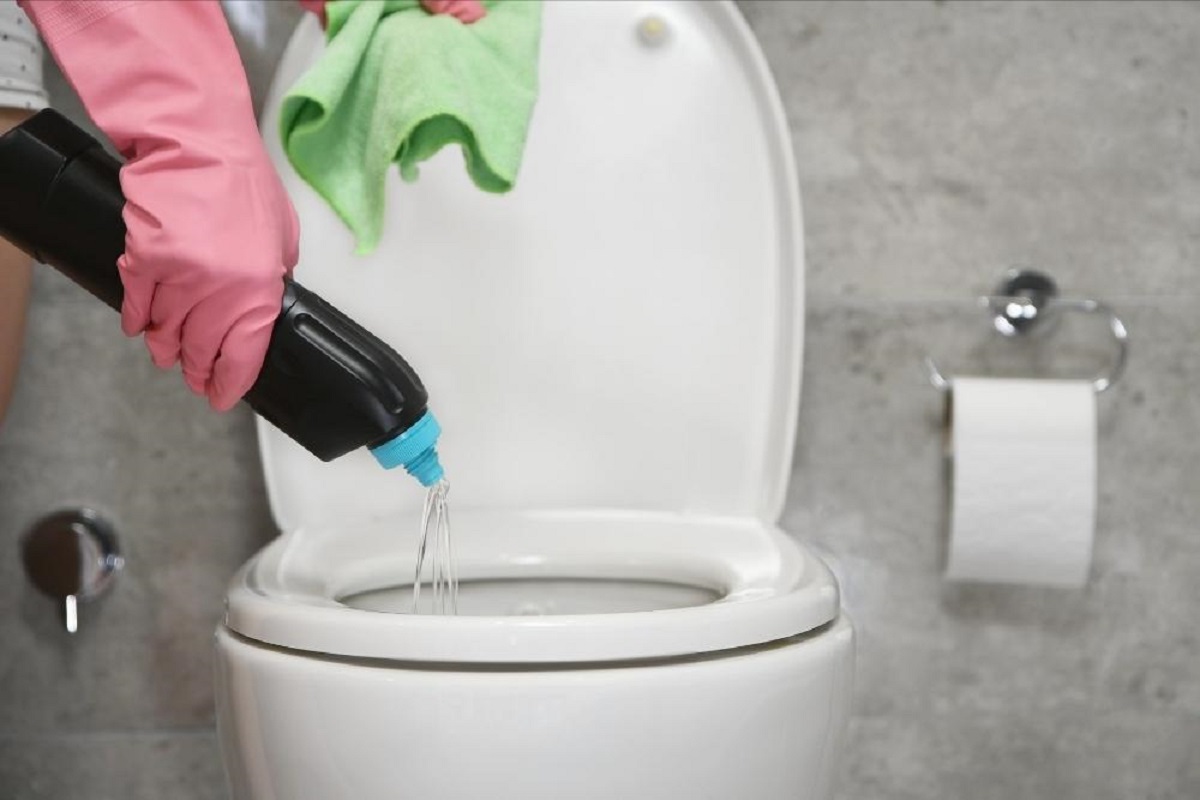
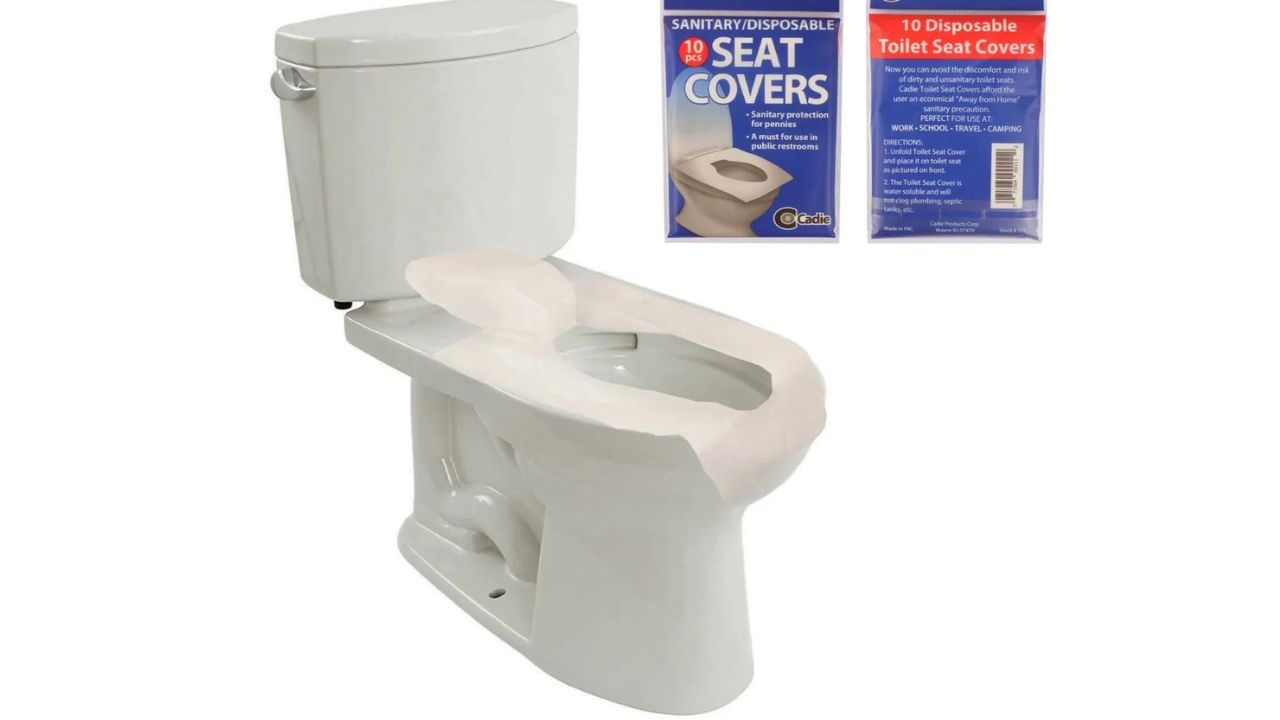
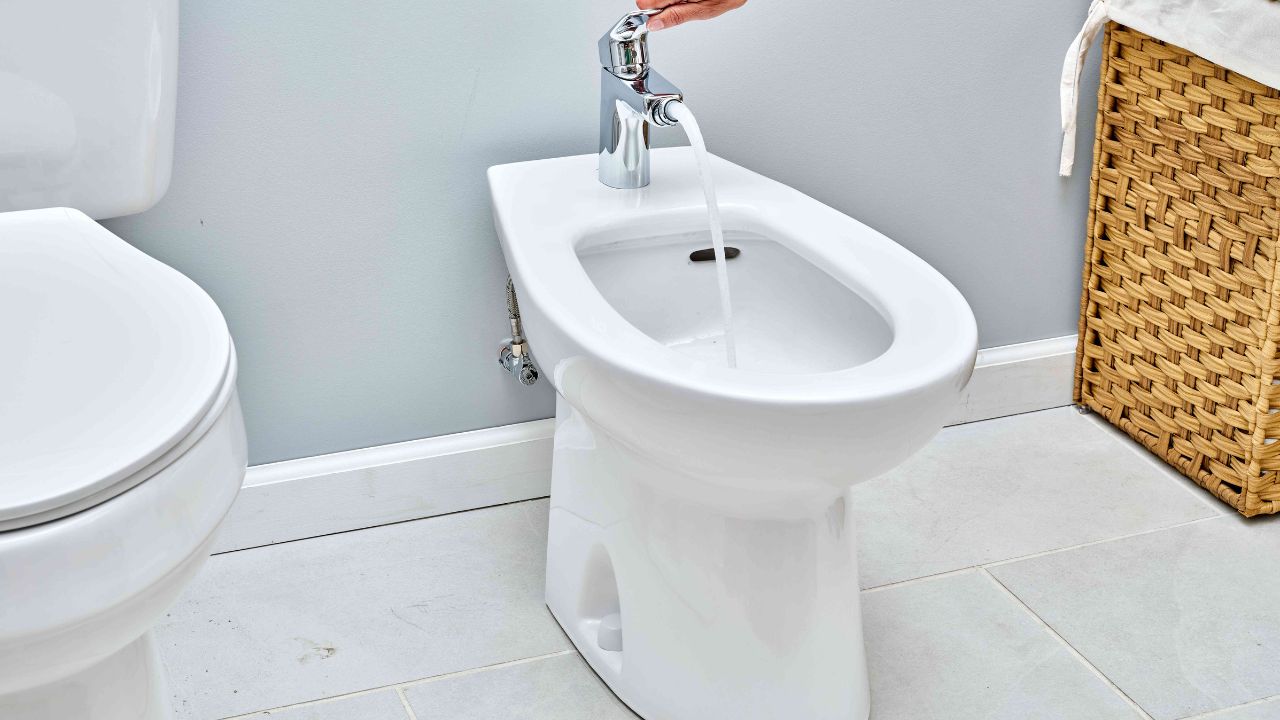
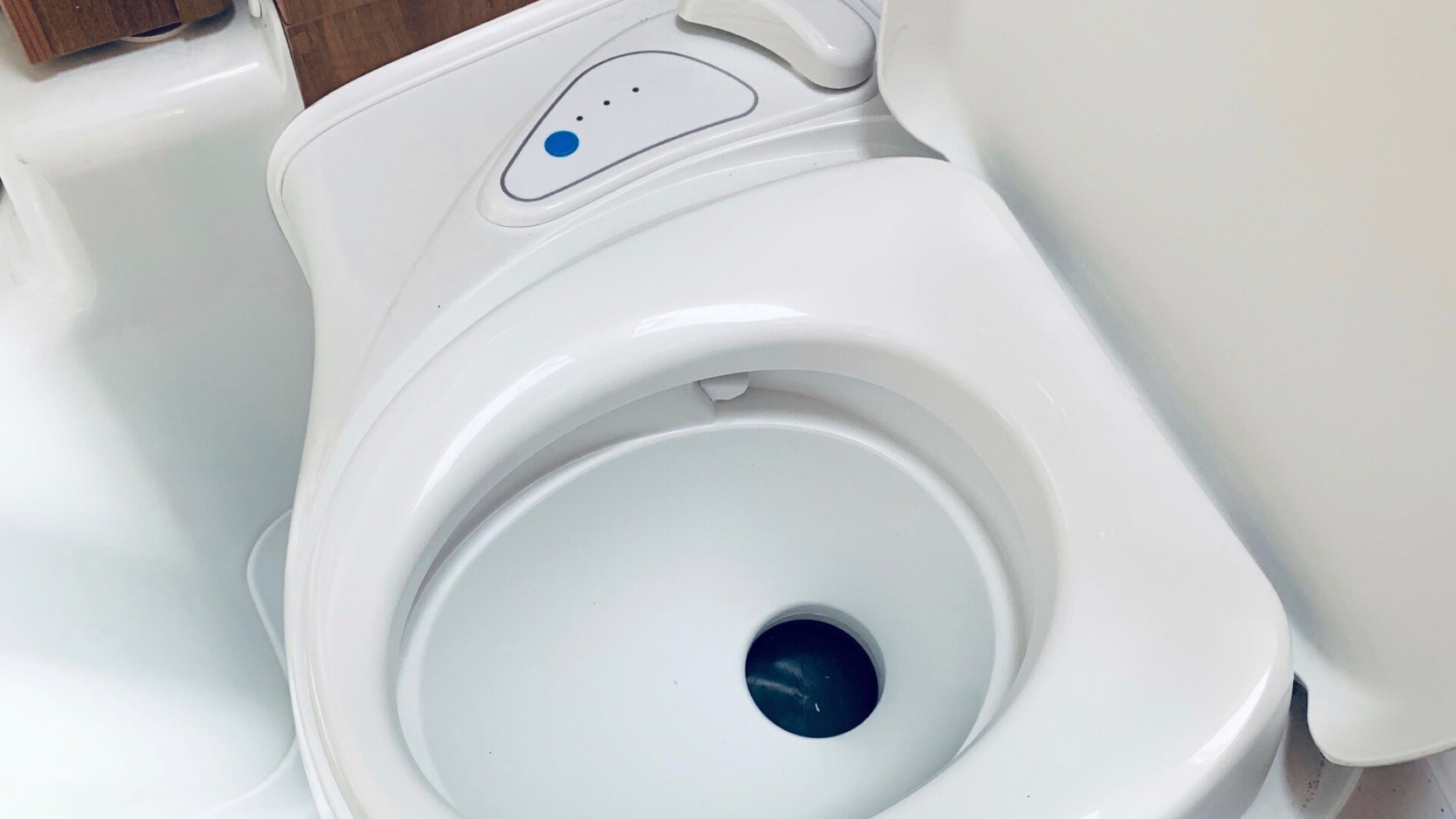
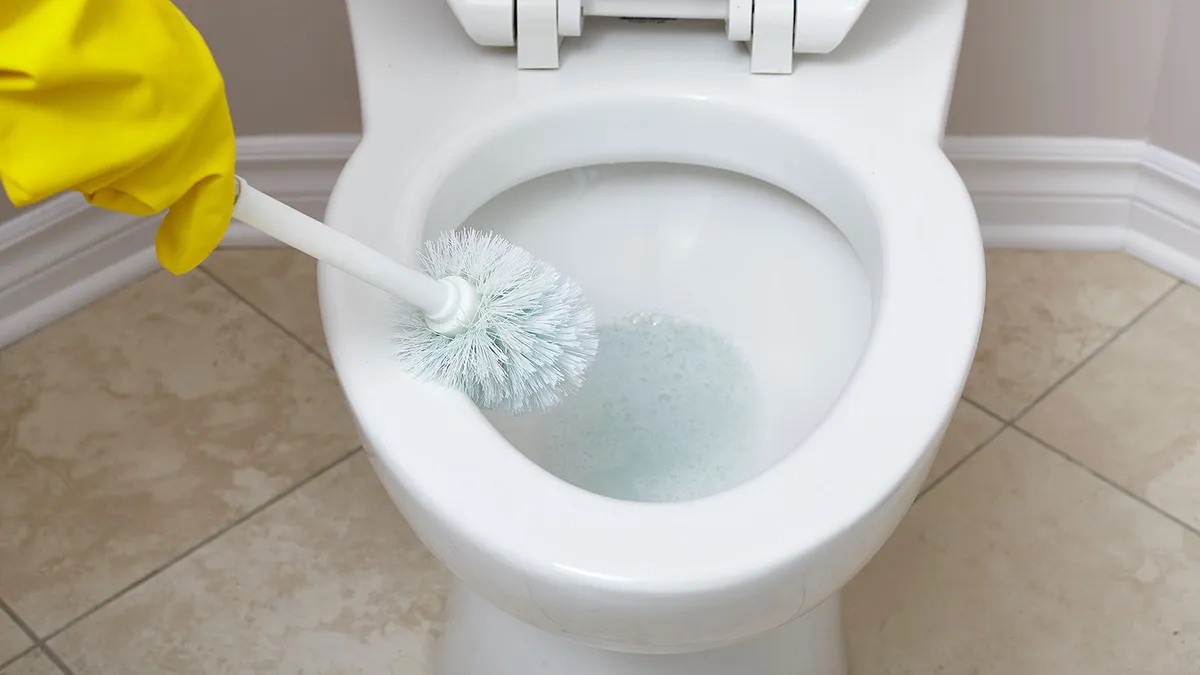
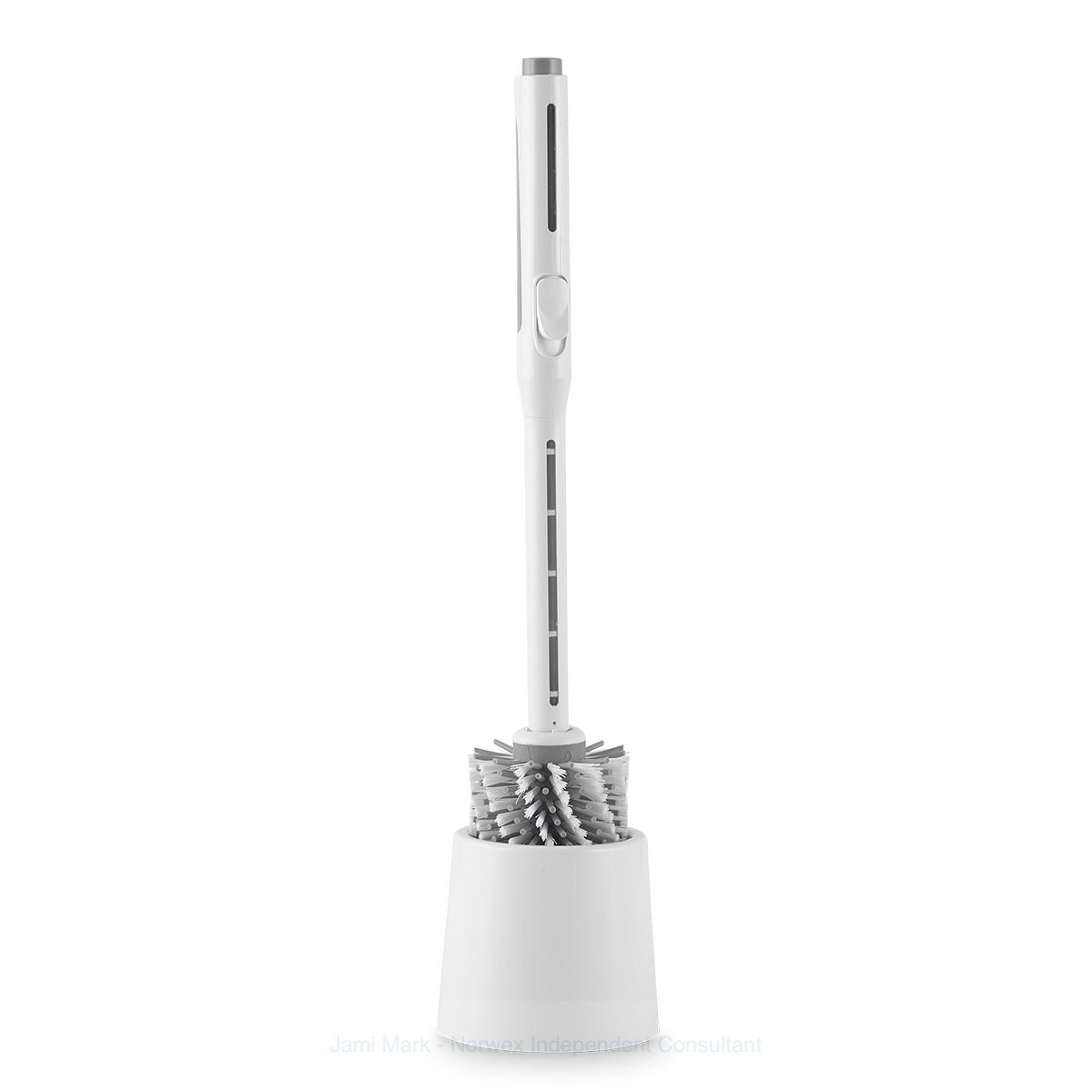
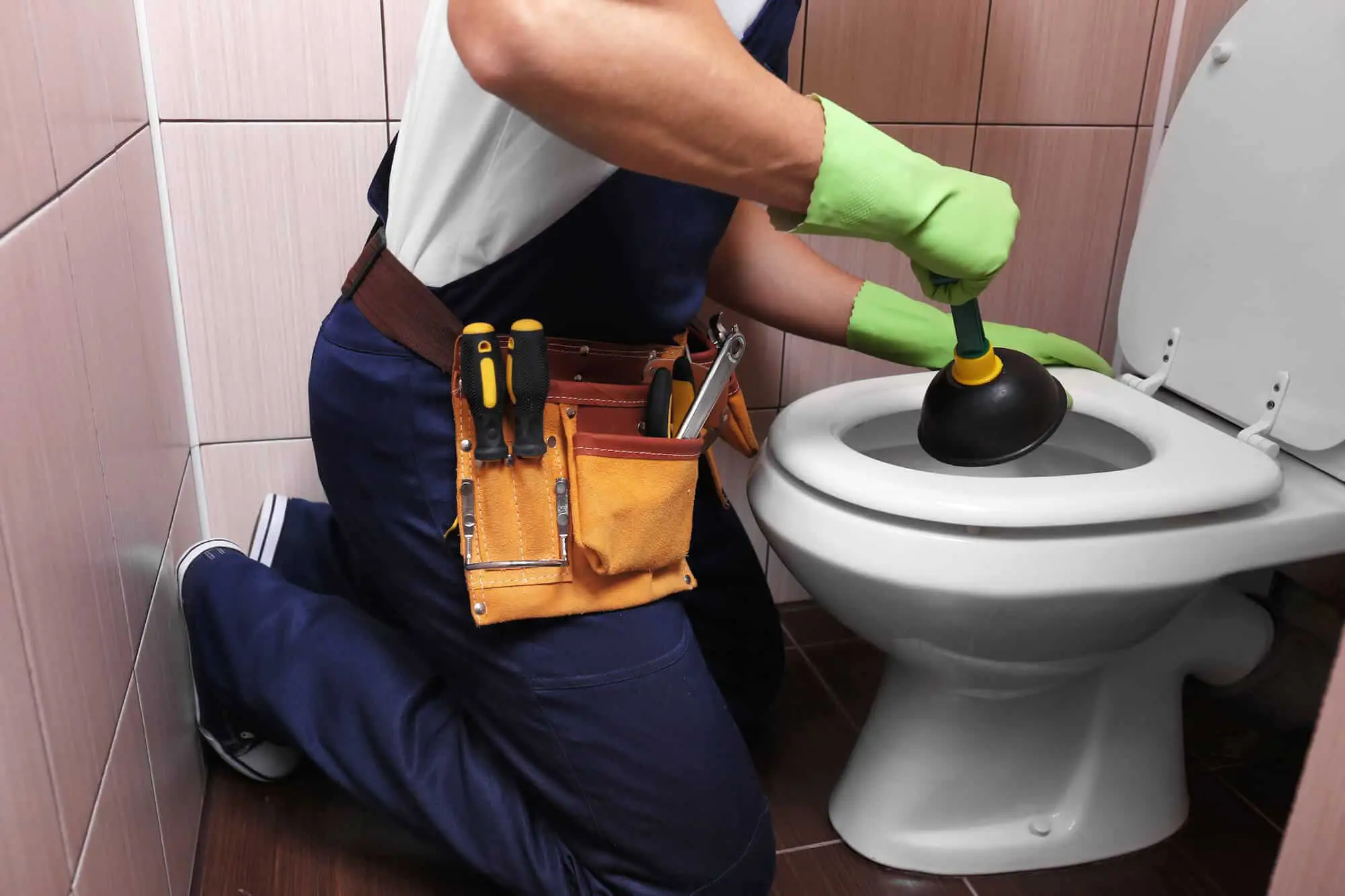
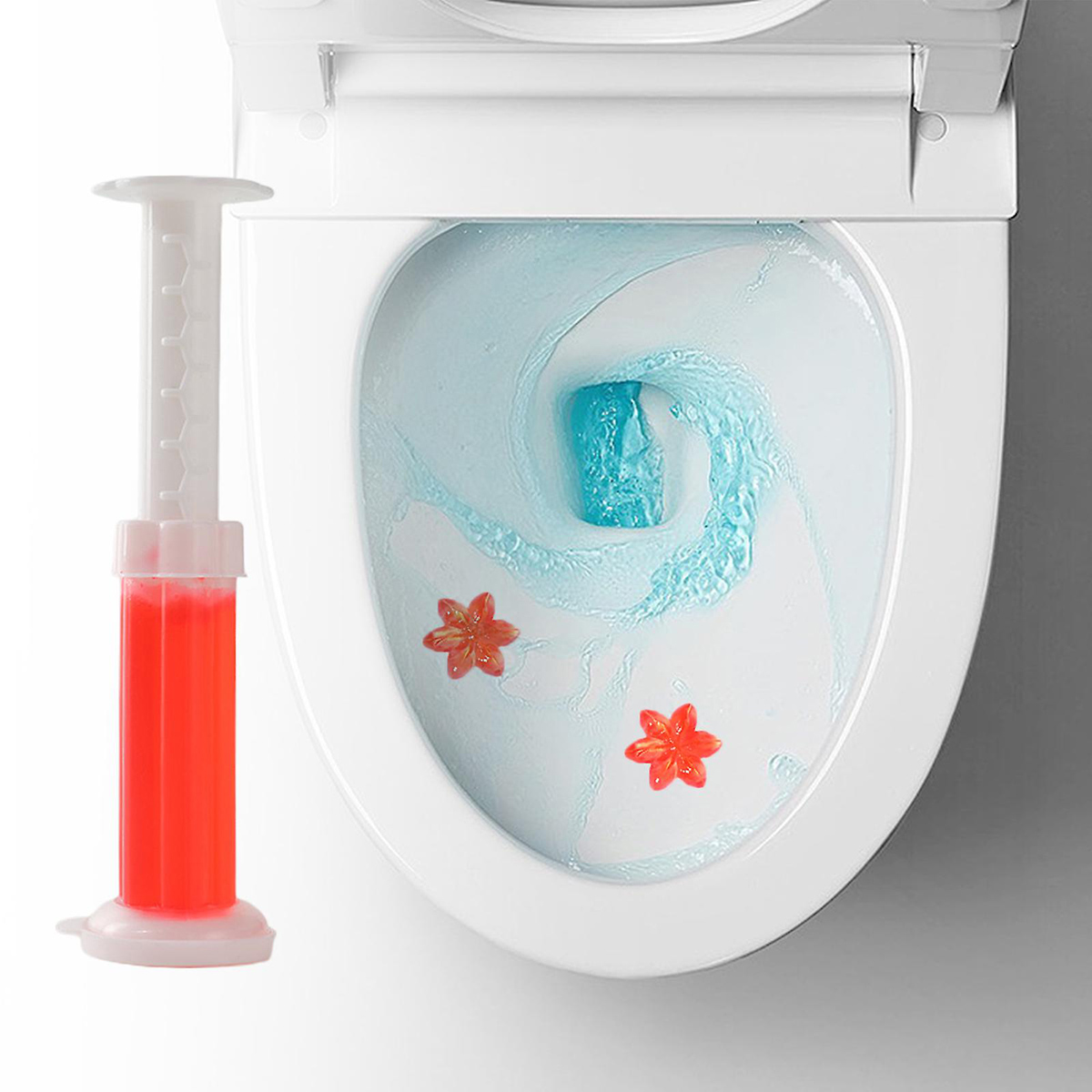

0 thoughts on “How To Use A Toilet”